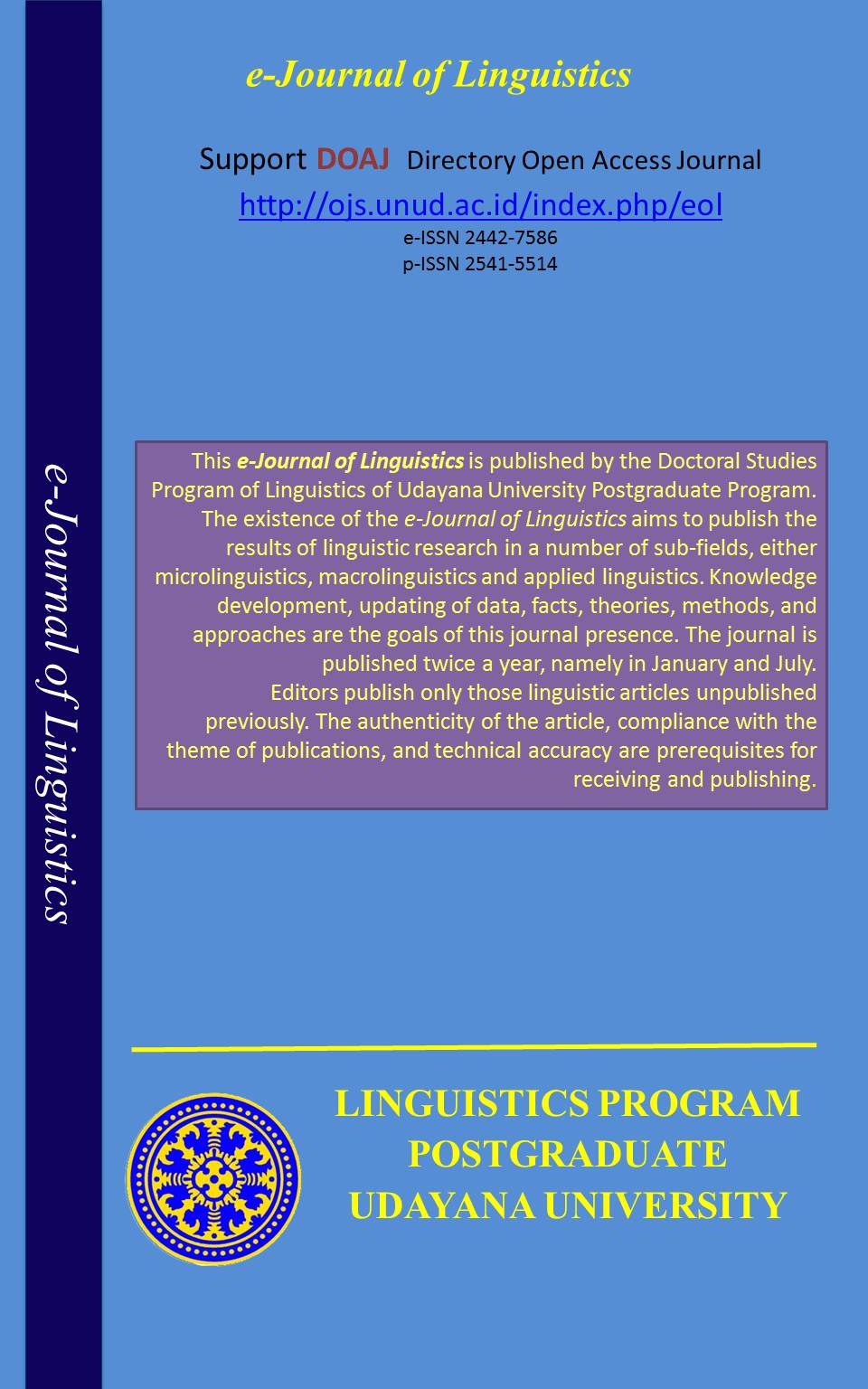Educational Values of Munanese Folksong: A Literary Anthropology Study
Abstract
Munanese folksong is chanted by Munanese people in daily life. Munanese community is an indigenous ethnic in South East Sulawesi besides Tolakinese, Butonese, and Moronenese. The folksong is classified into three types, namely (1) kau-kaudara, (2) lagu ngkodau, and (3) kabhanti. They are distincted by rhythm and tempo, text organization, and word choices. Rhythm of kau-kaudara is similar to cha-cha song with a quite fast tempo, lagu ngkodau resembles pop song with a slow tempo, and kabhanti is like country song with a medium tempo. The text of kau-kaudara is organized as a poetry; lagu ngkodau as a lyrical poetry; and kabhanti as a pantun karmina (a two-line traditional verse). The most word choices in kau-kaudara songs are animal, game, and non sense categories, but in lagu ngkodau and kabhanti are marine, environment, and cosmos phenomena.
Due to Munaneses community status before the middle of 20th century as a illiterate society, the folksong was treated as a social medium. Members of the community used it to express every thing both individual and collective affairs. Related to the collective one, Munanese ancestor used folksong to convey morality messages that aims at making all members of the community well behaved. This circumstance endorses the existence of folksong as a medium of character building that contains educational values.Downloads
Keywords

This work is licensed under a Creative Commons Attribution 4.0 International License











